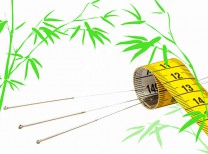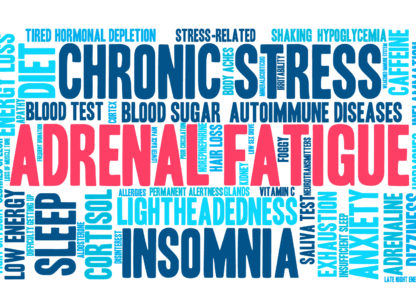Weight training can be a challenge, especially if it is new to you. And when you add hormonal changes into the mix, it becomes even more difficult.
Menopause is a natural biological process that affects most women in their 40s and 50s. It marks the end of menstrual cycles and the beginning of many emotional and physical changes that can disrupt sleep and cause fluctuations in energy and mood. Self-treatment and bioidentical hormone therapy can help ease symptoms and balance hormones. Diet and exercise are also keys to reducing stress, burning the unwanted calories associated with menopausal changes and adding more balance back into your life.
Human growth hormones, which contribute to healthy muscle mass and bones, also decrease with age and menopause. The good news is that exercise, especially high intensity exercise, can stimulate this hormone creating a dose-dependent delayed release. Reaching intensities above 80 percent VO2 max (peak oxygen uptake) is the golden ticket. Therefore, workout programs that consist of high intensity intervals are beneficial. Following is an example of a five-day workout (to calculate your working heart rate, subtract your age from 220):
Day 1:
50-60% Heart rate/Aerobic/Low VO2 max/Base conditioning/30 minutes
For example: body squats: 10-12 repetitions; mountain climbers: 10-12 each leg; seated bench press: 10-12 reps; bent over row: 10-12 reps. One minute rest between each exercise; two minutes rest between sets.
Day 2:
60-70% Heart rate/Moderate VO2 Max/ Aerobic/Endurance/40-60 minutes
Example: farmer’s walk (with heavy load in each hand); lat pulldowns (above head to shoulder height); front squats; wide grip bent over row. Do 10-12 reps of each activity.
Day 3:
70-80% Heart rate/Moderate VO2 max/Aerobic/Anaerobic/Fitness/30-45 minutes
Example: sled push; deadlifts; incline chest press; chin ups. Keep heart rate range steady.
Day 4:
80-90% Heart rate/Moderate/VO2 max/ Anaerobic/Performance 10-20 minutes
Example: 10-yard sprints with a 20-yard running start. Repeat five times and watch heart rate zone; three-minute recovery; one-arm overhead split squats; three times each side; five sets with three-minute rest in between.
Day 5:
90-100% Heart rate/Anaerobic Threshold/VO2 Max/Anaerobic/ Performance/1-5 minutes
Example: max effort sprints; 30 yards; rest four to five minutes in between and repeat five times.
With this schedule, each training session takes about 60 minutes, including warm up and cool down. The goal-based portion (maintaining your heart rate range) should take about 30-35 minutes. I prefer three circuits of four exercises, with each circuit containing an assigned heart rate for one-minute each, so that each circuit lasts three minutes. You can choose any exercise, but it’s always better to have upper and a lower body exercise. Staying within the heart rate range of that chosen set is important.
Exercising at the appropriate intensities can help provide hormonal balance through the chemical biproducts that are produced. Training at your anaerobic threshold – the highest exercise intensity you can sustain for a prolonged period – and using intermittent bursts and interval training are key to success for the menopausal client.
Most clients experiencing this change say they lack motivation, endure energy and mood swings, and gain weight through the mid-section. This type of exercise regimen helps with all these issues, re-establishing balance, and reigniting self-esteem.
Michael Butler is owner of Kinetix Health and Performance Center in Palm Desert and welcomes questions from readers. He can be reached at (760) 200.1719 or michael@kinetixcenter.com. His four books, including Training the Female Athlete, are available at Kinetix or on Amazon.

















































Comments (0)